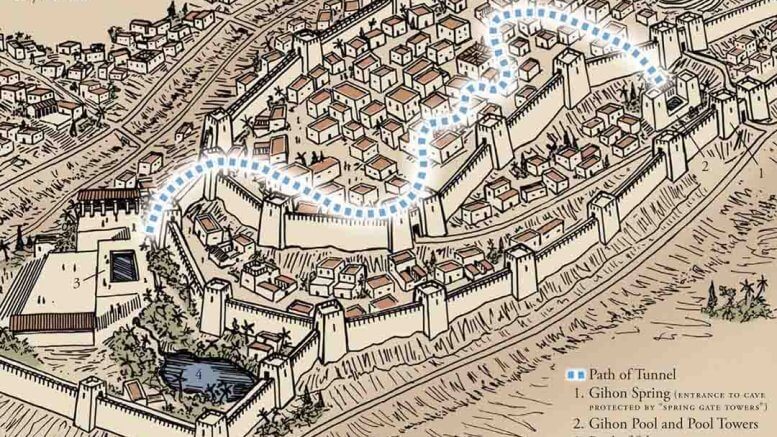Seeing the Bible Come to Life: The natural, ever-flowing spring of Gihon was Jerusalem’s fresh-water source and, along with the Siloam Pool,
a significant element of biblical history. Gihon was the place where Solomon was anointed king after his father David (Kings 1:32-40).
And in John 9 we read that the Siloam Pool was where Jesus told the man born blind to wash after putting mud on his eyes
and he was healed. The places of the Bible are real and it’s thrilling to keep finding evidence demonstrating its reliability…
Summary: Evidence discovered inside King Hezekiah’s tunnel shows an amazing gate system used to control water flow that helped Jerusalem function while it was besieged by the Assyrians.
As for the other events of Hezekiah’s reign, all his achievements and how he made the pool and the tunnel by which he brought water into the city, are they not written in the book of the annals of the kings of Judah? – 2 Kings 20:20 (NIV)
Oldest Sluice Gate Found
King Hezekiah is best known for building the 1,750-foot-long tunnel under Jerusalem connecting the Gihon Spring with the Siloam Pool in an effort to block the water source from the invading Assyrians and direct it into the city. One problem the tunnel presented though was lowering the water levels in the upper parts of Jerusalem. According to a recent report, exciting evidence of an ingenious sluice gate for controlling water flow was discovered inside Hezekiah’s tunnel. The advanced technology of this gate solved the water level problem and gives us unique insight into this chapter of biblical history.
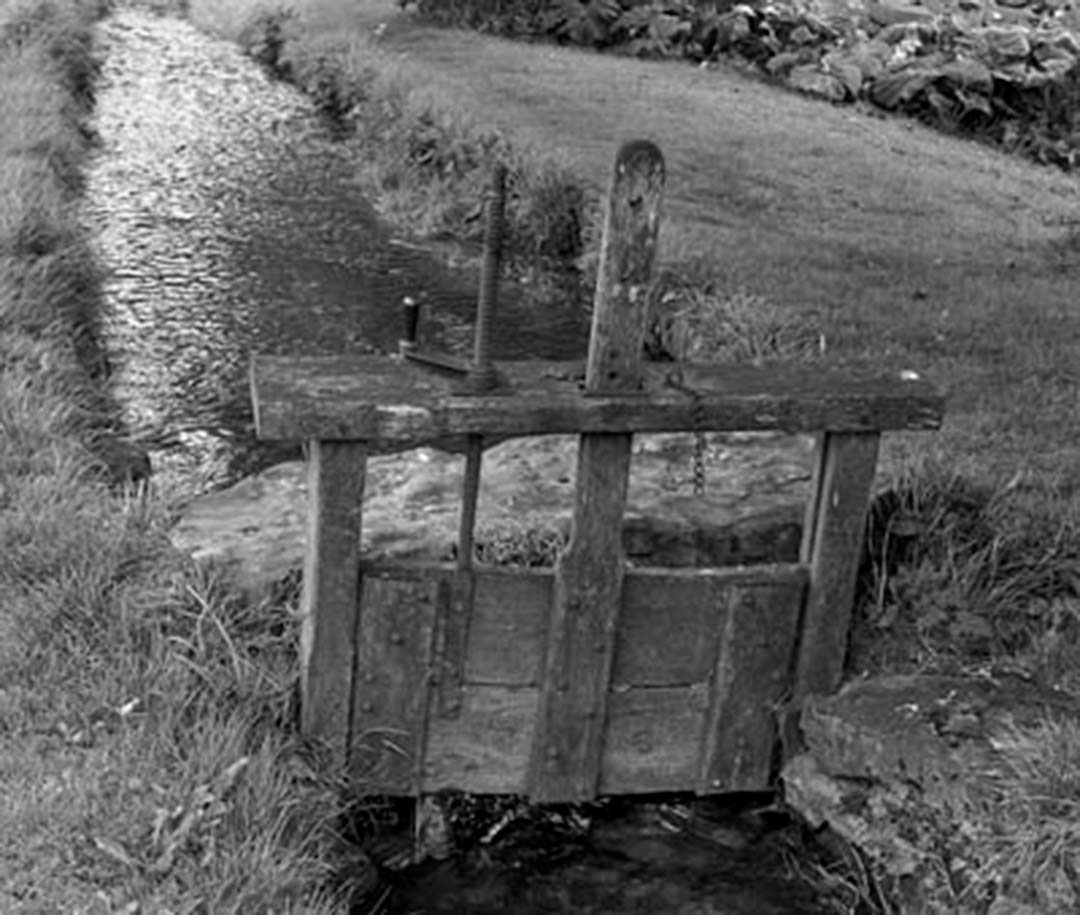
King Hezekiah’s Preparations for the Assyrian Siege
King Hezekiah was the 13th successor of King David and reigned in Judah from approximately 715 to 686 BC. He had a close relationship with the prophet Isaiah. He is recorded as a king who “did right in the eyes of the Lord,” initiating a series of reforms against idolatry in Judah.
During the 8th century BC, Assyria was the dominant power of the ancient Near East and was intent on expansion. In 722 BC, Samaria, the capital of the northern Kingdom of Israel, had been attacked and all but destroyed by Assyrian invaders. Many Israelites had been taken into captivity. While Hezekiah was focused on the threat of the Assyrians, it would ultimately be the Babylonians who would overcome Judah more than a century later, fulfilling a prediction by Isaiah.
When Hezekiah became king, Judah was already a vassal of Assyria. However, he made a stand and refused to pay the annual tribute. In response, Assyria’s King Sennacherib attacked Jerusalem.
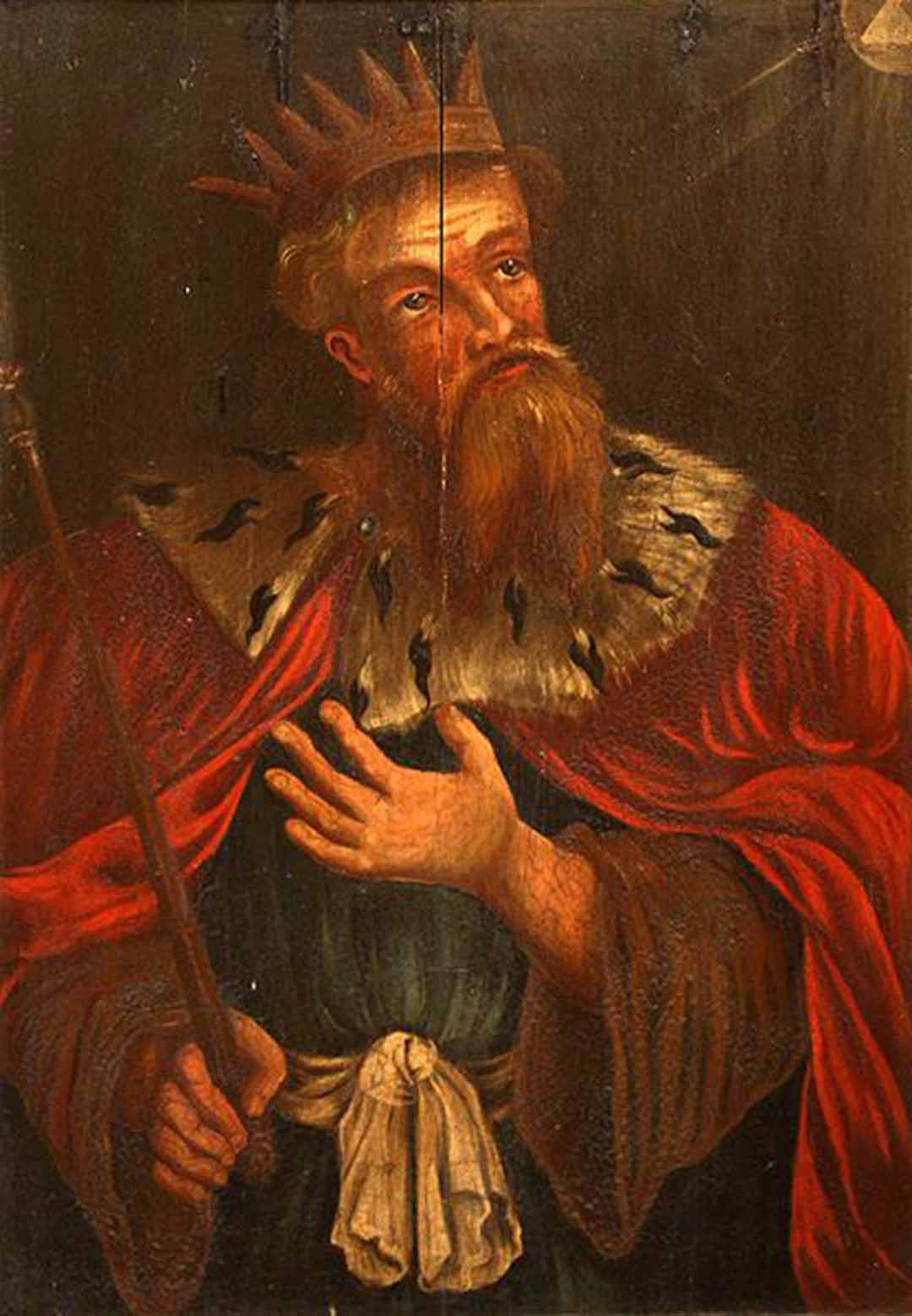
In preparation for the impending siege, King Hezekiah rebuilt Jerusalem’s fortifications, secured a defense treaty with Egypt, made weapons, built storehouses and carved the famous underground tunnel to ensure that Jerusalem would have water.
And when Hezekiah saw that Sennacherib had come and intended to fight against Jerusalem, he planned with his officers and his mighty men to stop the water of the springs that were outside the city; and they helped him. A great many people were gathered, and they stopped all the springs and the brook that flowed through the land, saying, “Why should the kings of Assyria come and find much water?” He set to work resolutely and built up all the wall that was broken down and raised towers upon it, and outside it he built another wall, and he strengthened the Millo in the city of David. He also made weapons and shields in abundance. And he set combat commanders over the people and gathered them together to him in the square at the gate of the city and spoke encouragingly to them, saying, “Be strong and courageous. Do not be afraid or dismayed before the king of Assyria and all the horde that is with him, for there are more with us than with him. With him is an arm of flesh, but with us is the Lord our God, to help us and to fight our battles.” And the people took confidence from the words of Hezekiah king of Judah. – 2 Chron. 32:2-8
Hezekiah closed the upper outlet of the waters of Gihon and directed them down to the west side of the city of David. – 2 Chron. 32:30
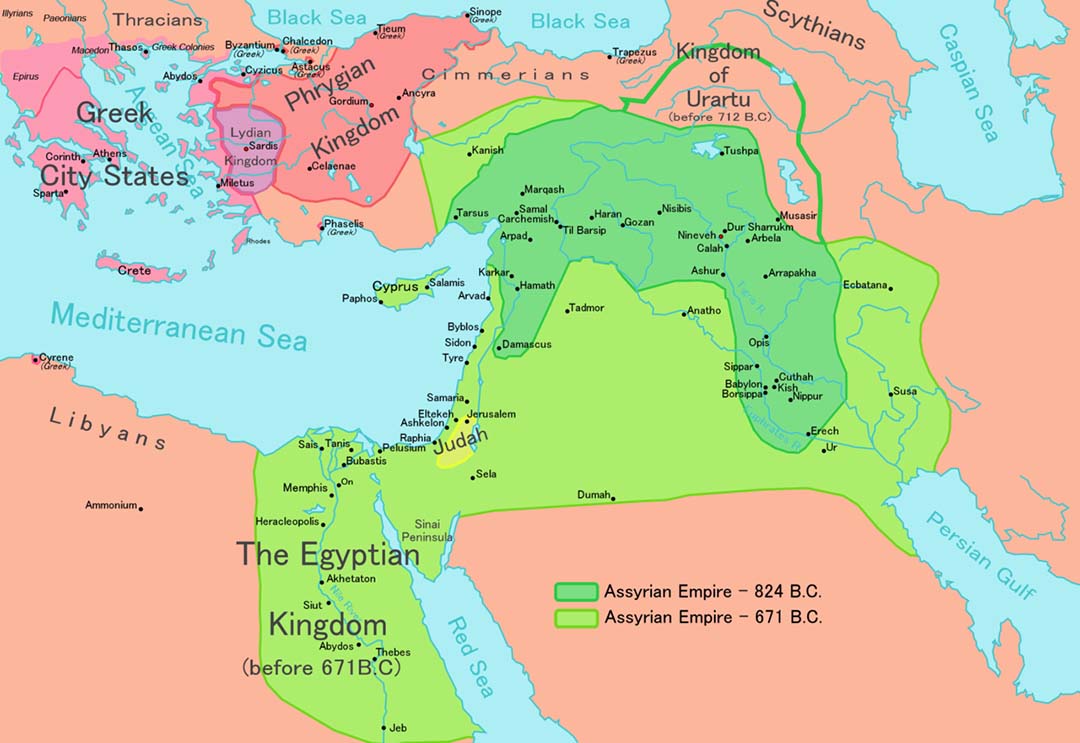
Carving the Tunnel and the Incredible Inscription
The Gihon Spring was the only water source in Jerusalem and was essential for life in the city. Hezekiah stopped the channel of the Gihon Spring that sent water outside the City of David and had a new tunnel dug to divert water from the spring to the Siloam Pool inside the city.
Hezekiah’s tunnel, also called the Siloah Tunnel, is considered one of the greatest works of water engineering technology in the pre-Classical period. The slope of this incredibly long passageway is a gentle 0.06 degrees, making the exit just under a foot lower than the entrance.
An inscription found inside the tunnel explains that while carving it, two teams began from opposite ends and met in the middle.
One theory is that the miners may have followed a natural crack in the rock called a karstic system. A karst is formed from the dissolution of soluble rocks and creates drainage systems underground with sinkholes and caves. This would explain the curved path of the tunnel. However, recent research has called this thinking into question. How the two teams working from the north and the south were able to meet at precisely the same level is difficult to fathom.
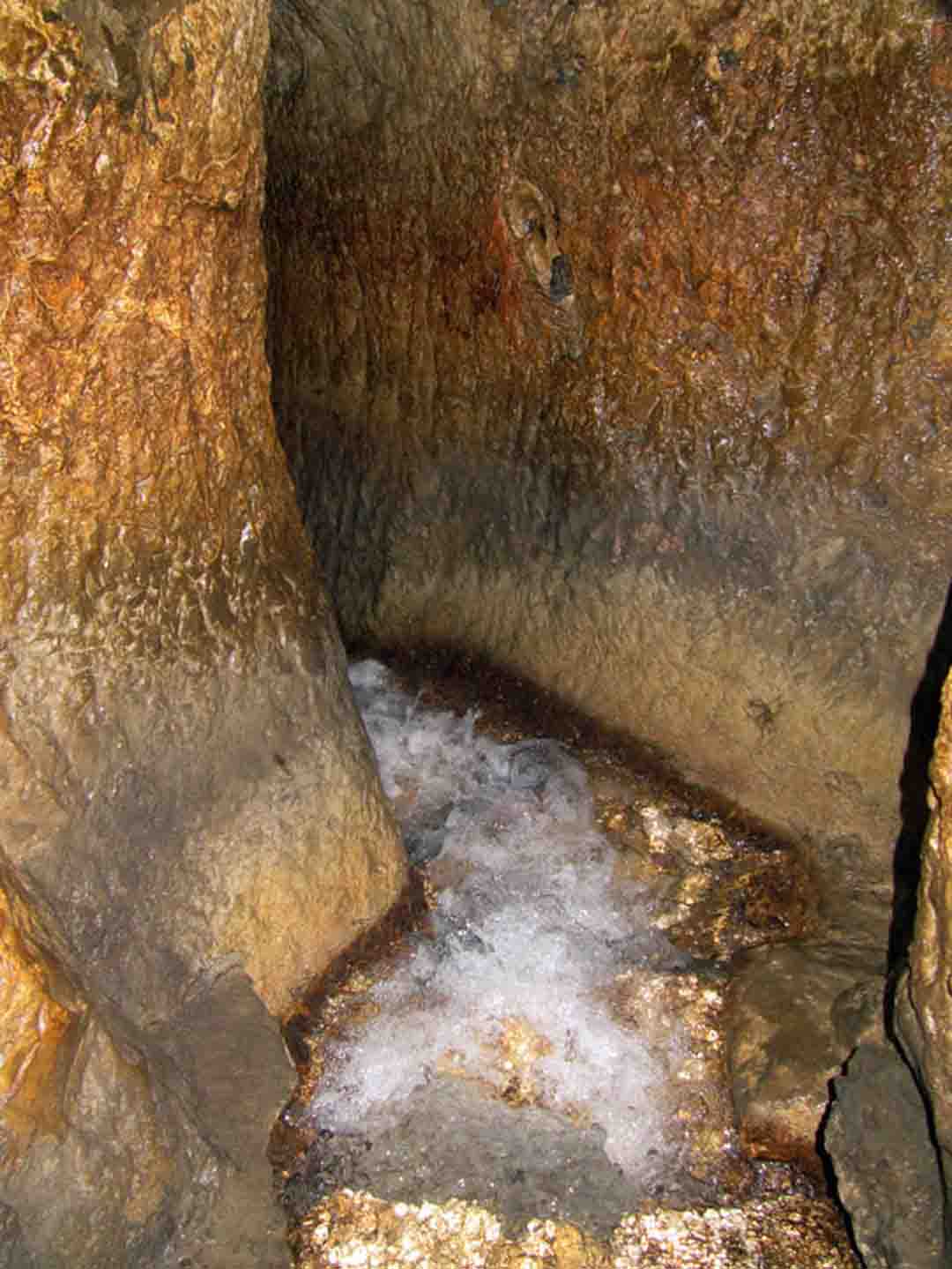
In 1838, the tunnel was rediscovered by Edward Robinson. Later in 1880, 16-year-old Jacob Eliahu noticed the inscription near the tunnel exit at Siloam Pool. It had been missed earlier because the accumulated mineral deposits made it hard to see.
The inscription was dug out of the rock in 1890 and is now on display at the Istanbul Archaeology Museum. During the removal, the engraved rock cracked into six pieces and several letters were destroyed at breaking points. A copy of the inscription was put in the original location inside the tunnel in 2010.
The words of the inscription are separated by dots. The first of the six lines of the carving is damaged, but the message can still be understood.
The passage reads:
1. … the tunnel … and this is the story of the tunnel while …
2. the axes were against each other and while three cubits were left to (cut?) … the voice of a man …
3. called to his counterpart, (for) there was a cleft (?) in the rock, on the right … and on the day of the
4. tunnel (being finished) the stonecutters struck each man towards his counterpart, ax against ax and flowed
5. water from the source to the pool for 1,200 cubits. and (100?)
6. cubits was the height over the head of the stonecutters …
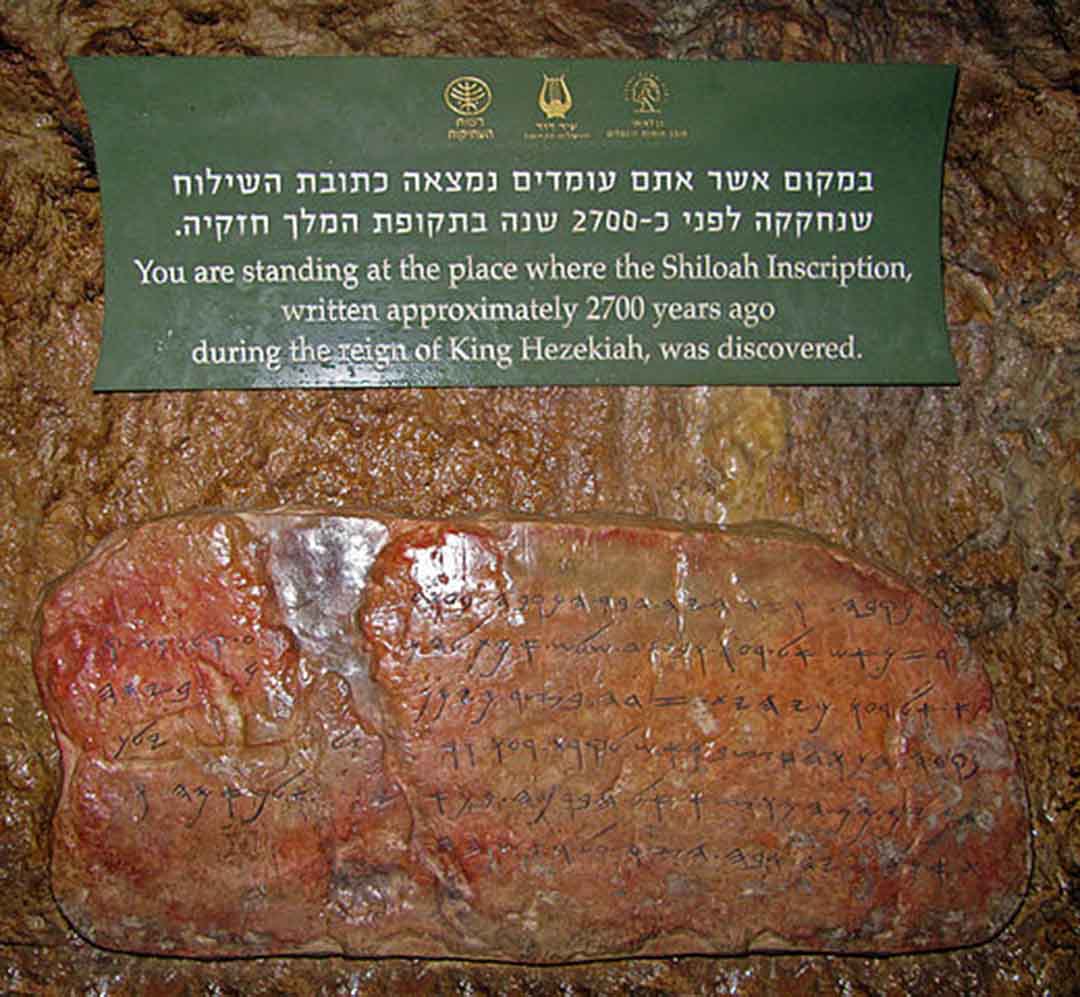
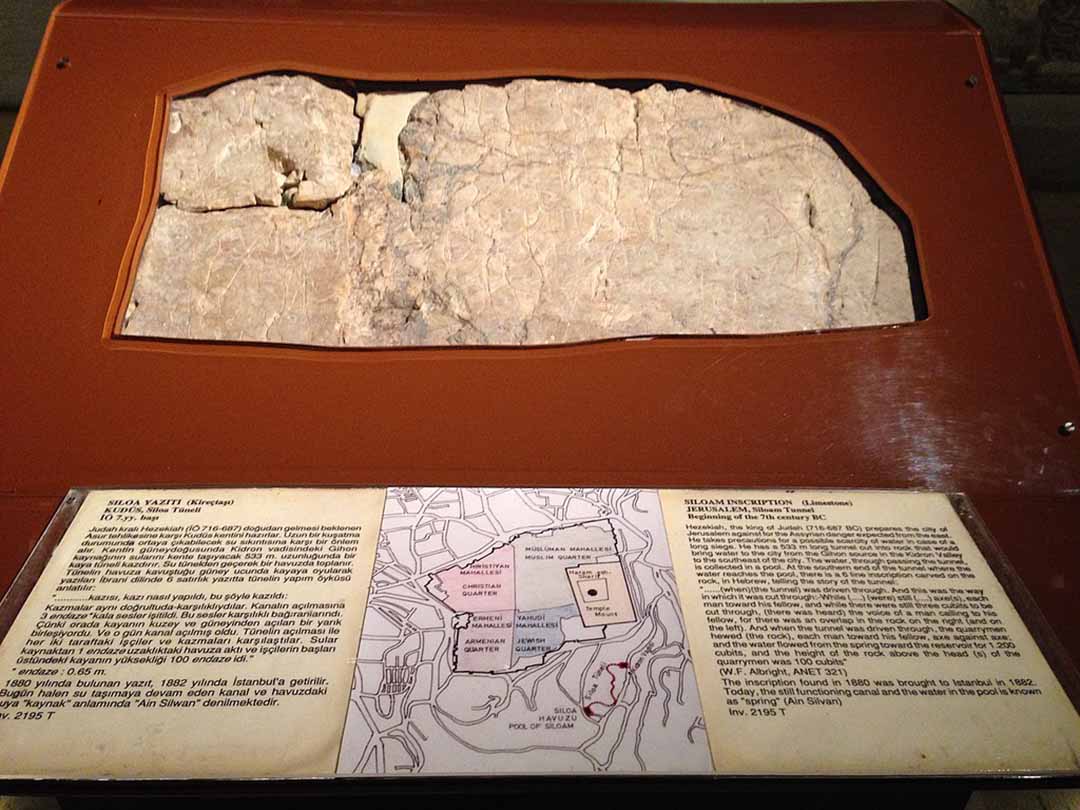
Sluice Solves Tunnel Challenge
There was one problem the builders of the tunnel needed to solve that researchers have wondered about for a long time. The redirection of the Gihon Spring would lower the water levels in the tunnels leading to the upper parts of the city.
A recent study suggests that the water level problem was solved by an advanced movable blocking wall also called a sluice. This report was published in April in the academic journal Archaeological Discovery titled “A Sluice Gate in Hezekiah’s Aqueduct in Jerusalem: Archaeology, Architecture and the Petrochemical Setting of Its Micro and Macro Structures,” written by Aryeh E. Shimron, Vitaly Gutkin and Vladimir Uvarov—researchers from the Geological Survey of Israel and Hebrew University’s Center for Nanoscience and Nanotechnology.
“Hezekiah’s engineers were well aware that such a diversion of water from the northern spring source south into the Siloam pool would lower the water level not only in the immediate environs of the Gihon spring cave but also from the main reservoirs and water conduits,” the researchers wrote.
“It would thereby threaten the water sources supplying the city’s religious and political heart. To deal with the problem, a ‘device’ to control the water level in the new aqueduct and thereby also the spring environ was designed and eventually constructed about 71 m. from the tunnel’s southern exit.”
Evidence for the Sluice Gate
The evidence for a sluice gate is substantial. Four symmetrically placed iron bolts were discovered hammered into the bedrock walls at the tallest part of the tunnel. The badly corroded bolts were a little over 3 inches long. The researchers were able to retrieve two of the four bolts and found that they bore cedar wood slivers that had been petrified to iron hydroxide.
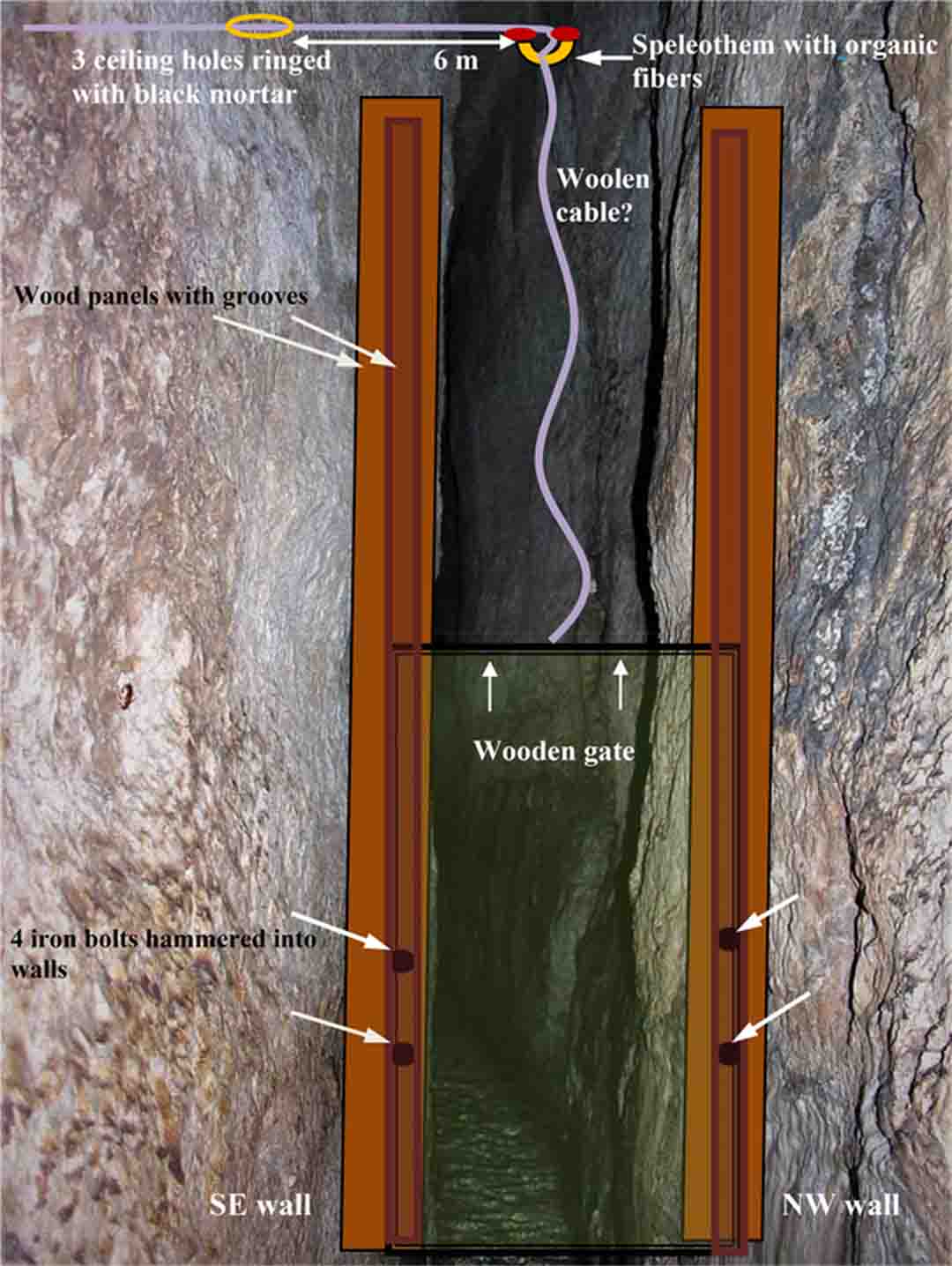
It is thought that the bolts attached wooden panels to the tunnel walls. A sliding gate would then be placed in the panels and could be raised and lowered with ropes or cables to control the water level.
Three round holes ringed with layers of black mortar were found carved into the ceiling above the sluice and were most likely used to hold some metal device for guiding a rope to lift and lower the gate. The significant height difference in this part of the tunnel would have been necessary to sufficiently house the tall, vertically-sliding gate.
The sluice would allow selective control over water levels for the upper and lower parts of the city, diverting the water to the section of the city which needed it most at any given time. The effects of the sluice are still visible today as a waterline remains, in some sections of the tunnel, high above the current knee-deep water level.
Based on carbon dating of the plaster used to seal the tunnel and the fine sedimental laminae along the tunnel walls, the researchers dated the sluice gate to sometime between the 8th and 4th centuries BC.
Seeing the Bible Come to Life
The natural, ever-flowing spring of Gihon was Jerusalem’s fresh-water source and, along with the Siloam Pool, a significant element of biblical history. Gihon was the place where Solomon was anointed king after his father David (Kings 1:32-40). And in John 9 we read that the Siloam Pool was where Jesus told the man born blind to wash after putting mud on his eyes and he was healed. The places of the Bible are real and it’s thrilling to keep finding evidence demonstrating its reliability.
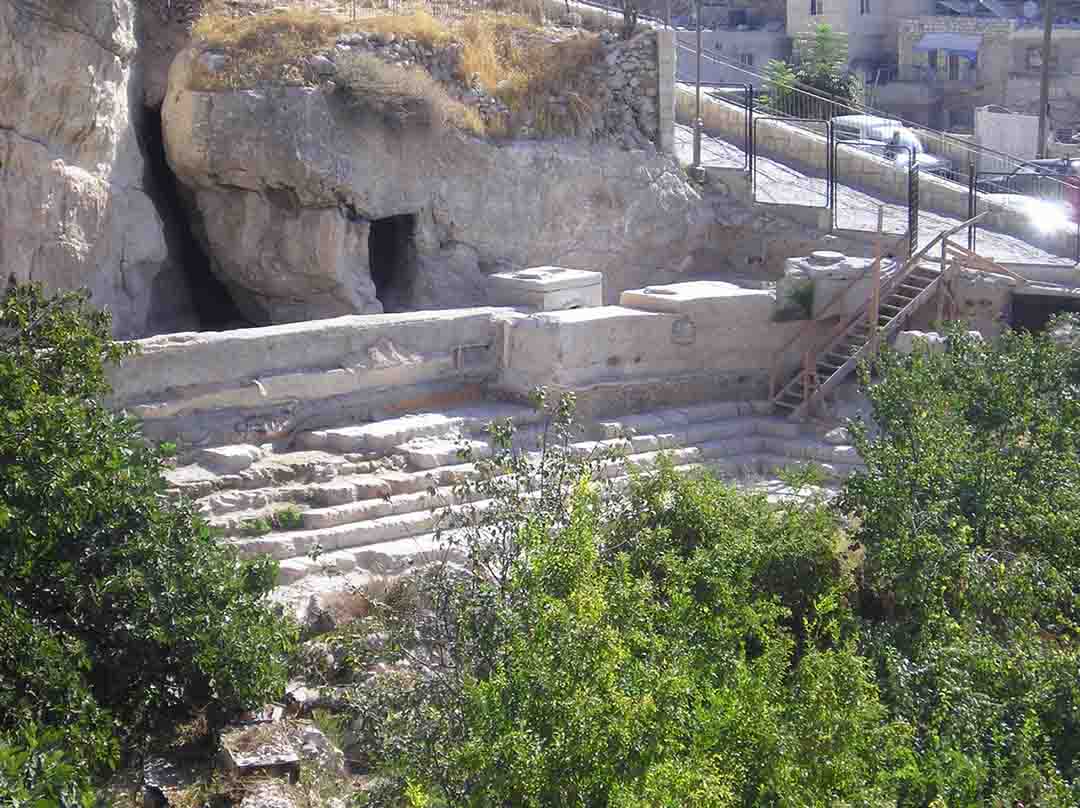
Interestingly, sluice gates may also be alluded to in several places in the Bible. Nahum speaks of river gates or sluice gates in relation to his prophecy of the overthrow of Nineveh, which was Assyria’s capital at the time of Sennacherib.
The sluice gates are opened; the royal palace is deluged and dissolves. – Nahum 2:6 (NET)
A similar expression is used In Isaiah 24:18:
Whoever flees at the sound of terror will fall into a pit; whoever climbs out of the pit will be caught in a snare. The floodgates of the heavens are opened, the foundations of the earth shake. – Isaiah 24:18 (NIV)
While most Bible versions use “windows” instead of “floodgates” in the Isaiah passage, the same phrase is used in Genesis 7:11 where about half of the translations use “flood gates” and half use “windows” to describe the beginning of the Great Flood. The Hebrew term aruba can mean either window or sluice with openings for water (flood gates).
In the six hundredth year of Noah’s life, on the seventeenth day of the second month—on that day all the springs of the great deep burst forth, and the floodgates of the heavens were opened. – Genesis 7:11 (NIV)
Hezekiah’s tunnel can be walked through today. It is about a 30 minute hike. The average water height is a little over 2 feet but near the exit it gets almost waist deep. At 63 degrees Fahrenheit, the temperature of the water can feel chilly. The narrowest part of the tunnel is a little less than 2 feet and the lowest part is 5 feet so if you are claustrophobic you may want to forgo this hike and just check out videos or pictures. Hezekiah’s tunnel is part of the City of David Archaeological Site.
Conclusion
The authors of the sluice study noted that not only would Hezekiah’s gate structure have been a significant innovation in its own right, but it would also signify “to the best of our knowledge, the oldest sluice gate known.”
When considering such things as the abilities of the ancients to craft astonishing engineering wonders, and the connection of flood gates to biblical messages, it should cause us all to Keep Thinking!
TOP PHOTO: A cut-away of the City of David revealing the path of King Hezekiah’s Tunnel. (credit: Dr. John DeLancey, Biblical Israel Ministries & Tours)
SOURCE: PATTERNS OF EVIDENCE

